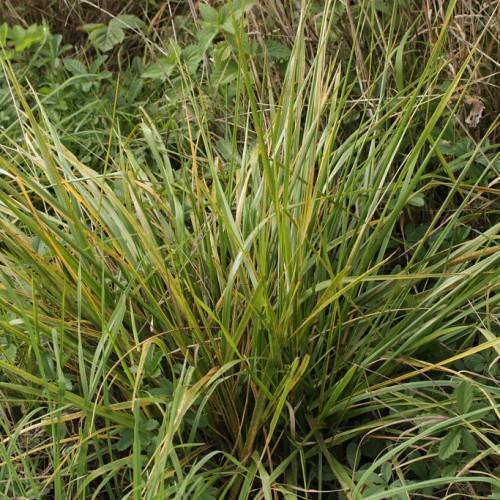
tall fescue
Festuca arundinacea 'Kentucky 31'
Cycle:
Perennial
Watering:
Average
Hardiness Zone:
3 - 6
Flowers:
Flowers In Spring
Sun:
Full sun
Fruits:
Fruits Ready In Fall
Leaf:
Yes
Growth Rate:
High
Maintenance:
Moderate
Drought Tolerant:
Yes
Salt Tolerant:
Yes
Care Level:
Moderate
watering
Tall fescue (Festuca arundinacea 'Kentucky 31') should be watered once every 2 or 3 days, providing enough moisture to make the soil feel slightly damp to the touch. Depending on local weather conditions, it may be necessary to water more often, especially during periods of high temperatures and dry conditions. When watering, wet the soil to a depth of 6 inches. Although tall fescue is drought tolerant, consistent moisture is required for best results. Avoid overhead watering to prevent fungal disease issues as wet foliage encourages various diseases. Mulching heavily around the plants will help to retain soil moisture and discourage weed growth.
sunlight
Tall fescue (Festuca arundinacea 'Kentucky 31') is a perennial grass that thrives in full sun or partial shade. It should receive at least 6 hours of direct sunlight each day for optimal growth. In areas with intense summer heat, some afternoon shade may be beneficial. Too much shade may cause the grass to become thin and weak. Tall fescue can also tolerate short periods of drought and can handle some low temperatures, making it a versatile plant for many climates.
pruning
Tall fescue (Festuca arundinacea 'Kentucky 31') should be pruned in late winter or early spring. This is the best time to prune because it allows any new growth to be properly established before the summer heat. Pruning should be done with great care in order to avoid damaging new growth. The goal is to remove any dead foliage and thin out any overly dense or “leggy” sections of the plant. Excessive pruning can result in decreased performance from the plant, so pruning should be done only when necessary. When pruning, remove only 1-third of the grass blades at a time and leave the remaining 2-thirds in place to allow for healthy new growth.
